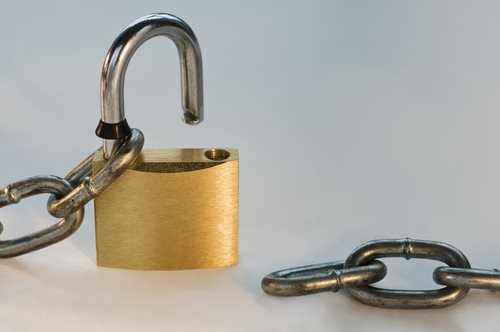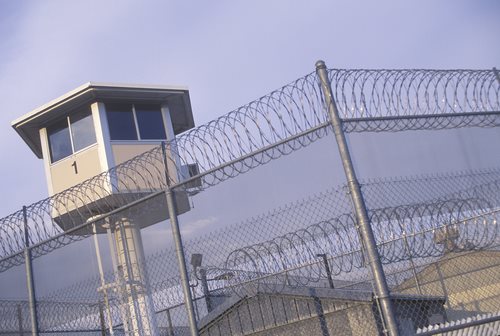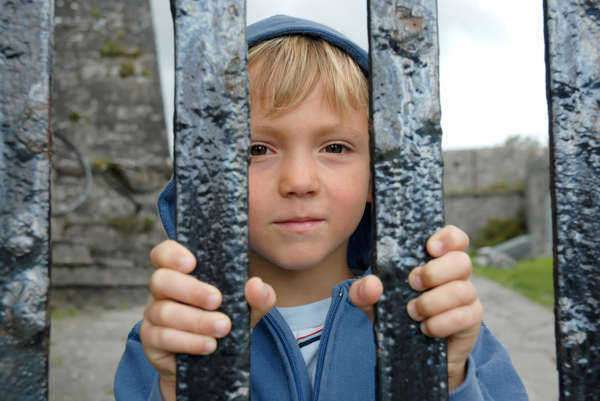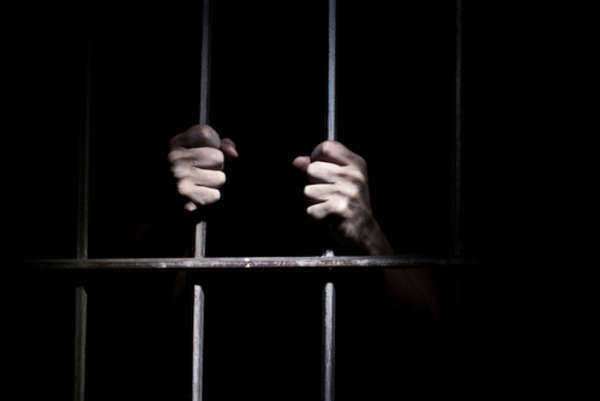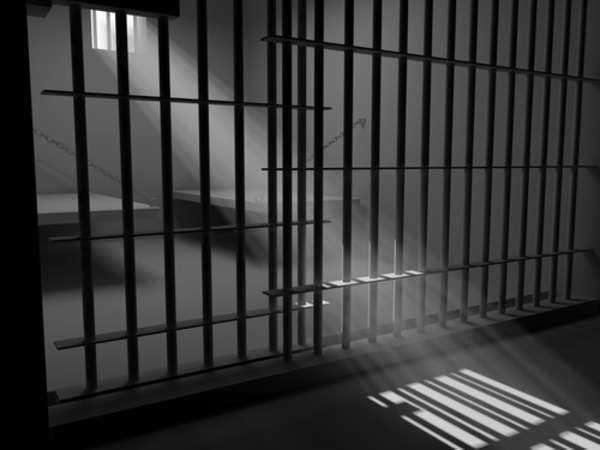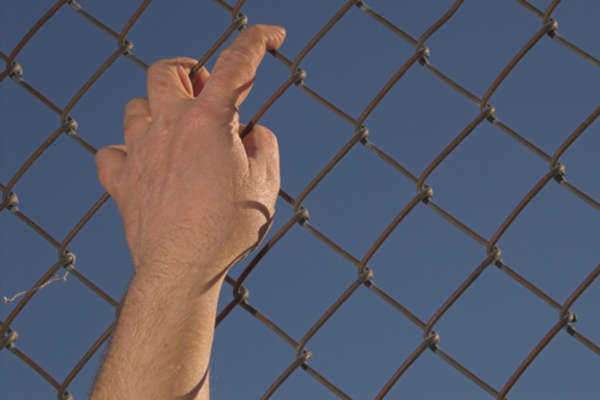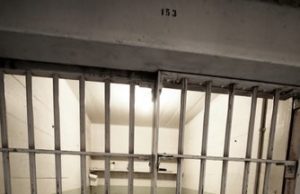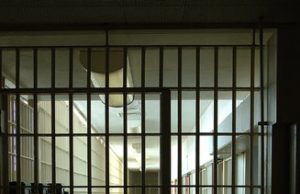Can Rehabilitation of Felons Work?

The rehabilitation of felons is a long process that is practiced in penology. A prison that is focused on rehabilitation attempts to see that the felons that enter the prison do not become repeat offenders, and seeks to reduce recidivism, or repeated offenses, by helping the felons who are sentenced to time in the jail to be able to lead a useful life in which they are able to contribute and help both themselves and society as a whole.
Rehabilitation does not seek punitive action against the felon. Instead, rehabilitation seeks, through education and therapy, to allow the felon to enter a more normal state of mind and attitude that would be more beneficial to society and would minimize the harm to society.
This theory of incarceration views the penal system as an opportunity to reform the felon and to rehabilitate the prison in a way that will allow them to more easily reintegrate into society. Rehabilitative punishments that are in accord with this approach include community service, probation, and any sentencing guidelines which call for guidance and after care being extended to the felon after release.
Rehabilitation is one of the guiding principles of the United States Model Penal Code, as seen by the fact that sentencing judges are instructed tat “imprisonment is not an appropriate means of promoting correction and rehabilitation.”
Penal systems based solely on rehabilitation of felons present the challenge that there is not objective methods of rehabilitating individual felons, is limited in efficiency by the original motivation of the felons to commit the crimes in the first place, may be very expensive, and depends on the receptiveness of the individual felon to be rehabilitated.

